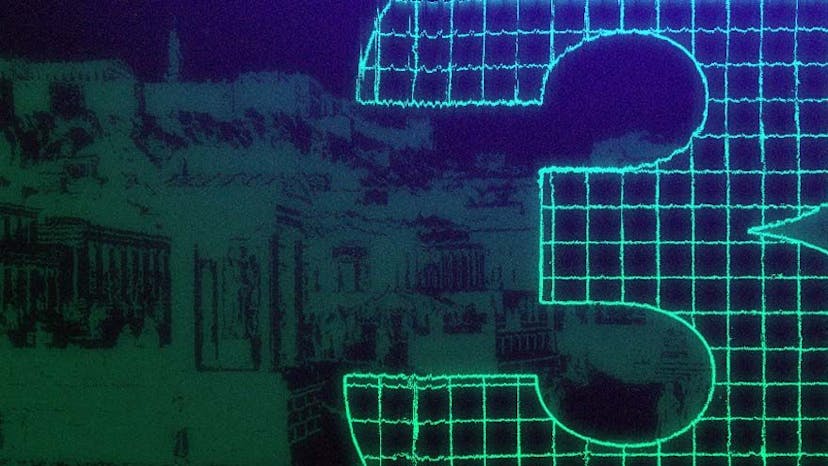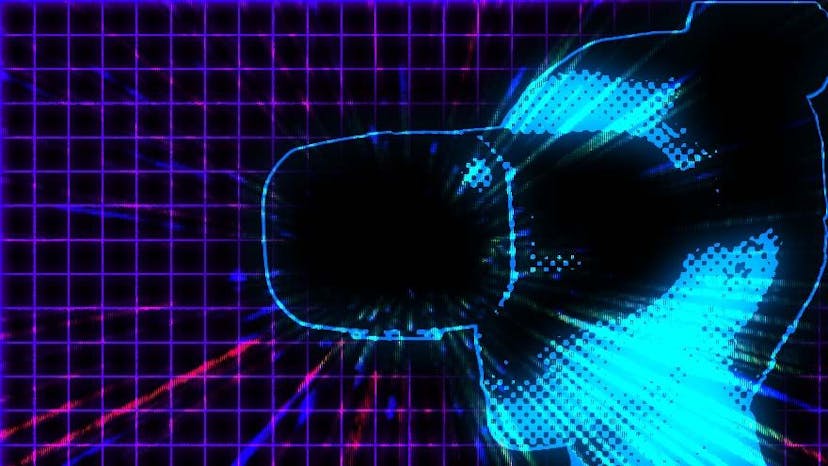It May Take Time But Web3 is Coming — History Tells Us So
Technology Revolutions Take Time to Break Through and Web3's Promise Remains Strong
By: Jsson Xia • Loading...
Research & Opinion
This year we’ve watched web3 morph from a hyped new chapter for the internet into an empty promise. The bear market and the series of crypto scandals — Terra, Celsius, FTX — did much of the damage.
Yet one fundamental truth hasn’t changed — web3 has the potential to kindle a free market with a currency (Bitcoin), governance system (Ethereum), financial structure (DeFi), and entertainment complex (NFTs and GameFi). That proposition is unchanged — check that — is enhanced by the drama of 2022.
There is something else. Web3 can deliver a protocol-based civic square (Social Protocol).
Age of Pericles
We have seen many successful cases in the monetary, governance, financial and entertainment systems, and the Civic Square, as an integral part, will surely bring magnificent evolution and development in the future.
Think of it as a digital version of Athens in the Age of Pericles.
At the heart of the project, web3 Social aims to escape from Internet giant’s monopolies, and focus on data right attribution, benefit distribution, privacy, and security.
Web3 Social can be divided into two parts: protocol layer and application layer.
Protocol Layer takes “personal identity (DID) → relationship (graph)” as the basic framework to expand various upstream and downstream protocols (e.g.storage, communication, content distribution, reputation/ certification, etc.).
Application Layer has two sub-categories, native applications (various social products on the chain, such as IM/ forum/ Discord, etc.) and retrofit applications (Web2 social application plugins).
Important Report
In a web3 Social Research report, Bonfire Union, the ecosystem investment fund under Mask Network, focuses on a review of significant protocols that have emerged in web1 and web2 and provides a comprehensive summary of the current web3 social landscape and opportunities.
https://drive.google.com/file/d/1-zDNWbEwSZdEkOjI6jPlwGmoEmCjz2v1/view?usp=sharing
The 57-page report lays out the history of the internet from the 1960s to the present, and carefully explores its growth from the birth of the ARPANET to the introduction of the Internet into every household.
The Web, of course, is the most powerful function on the internet. To solve problems on Web 1.0, Web2 changed from a protocol-dominated world to one where centralized platforms control everything. This means Google, Facebook, Netflix and the other global Web platforms.

Forget the Snickering… Here's Why the Metaverse Will Prevail
The Internet, Broadband, Mobile Computing... Sweeping Change Takes Time and the Metaverse Will be No Different
The next phase will be decentralized because centralized social media platforms in Web2 are stifling third party innovations, hitting the glass ceiling on its own user and profit growth.
The next phase will be decentralized. Each generation of the Internet, from Web1 to Web3, has provided solutions to some of the problems that arose in the previous generation of the Internet, but they have all created new problems; while we have gone from a protocol-driven world to a world where centralized platforms control everything, it may be of tremendous benefit for Internet innovation to get us back to a world where protocols dominate platforms.
Blockchain-based social protocols and applications deconstruct the capabilities of the past. Just like clay pots, the apps hold user data in the past are broken into tiny modules, which are re-linked by a unified account system to become the new blockchain-based social ecosystem.
Social networks supported by the web3 protocol and open APIs that allow access to more protocols will be commercially valuable in the future because organizations and individuals can easily use the infrastructure and can get traffic from the open ecosystem. In addition, the relationship between projects changes from a competitive one to a collaborative one.
We get ideas from the evolution of Web1 to Web3 to truly back digital sovereignty to users through a more open approach:
- Envision Web3 social network to incorporate protocol-first decentralized governance ethos of Web1 with the enhanced usability and social elements of Web2
- Envision future commercial value to be measured by its robust social network ecosystem powered by Web3 protocols & allowing more protocols to access its open API
- Use innovative designs and technologies to counter the centralized and monopolistic behaviour of Web2 & to wrestle back the right to information and digital identities from the platforms to the netizens
Evidence has shown that centralized social media platforms in Web2 are stifling third party innovations, hitting the glass ceiling on its own user and profit growth.
Decentralization is the most optimal way out for new builders and giants themselves. Witnessing how Web3 technologies (blockchain, cryptography, P2P networks) have shaken the order in the global economy gives us enough faith for the rise of a new order.
Understanding and being part of the historic movement towards decentralized social networks will make us — builders, investors, and cyber citizens — more agile and relevant.
4. As we continue to emphasize the composability of web3, the ecosystem of blockchain-based social protocols should look like this:
Building upon the reconstructions of the monetary system, financial market, and labor forces on the back of the Web3 revolution, we are now at a historical inflection point where the decentralization of social networks is inevitable.
Cyber citizens need a new-age public forum and information market that aligns with the values of a decentralized cyberspace.Social networks have effectively served as a public discourse infrastructure for decades, and their role as a public infrastructure (social networks as utilities) will become even more important in the Web3 era, especially as its public attributes conflict with the current model of centralized profit-driven platforms.
Independence
In the Web3 era, social networks still function as marketplaces for ideas and public forums. The Web3 revolution is cultural, financial, and social, and the impact of this revolution will permeate every corner of cyberspace. From this perspective, the prerequisites for a revolution are all in place:
• An independent treasury (BTC, ETH)
• An independent financial system (DeFi)
• Independent art and culture alliance (NFT)
• New ways of human collaboration and organization of labor forces (DAOs)
The missing puzzle is a new infrastructure and ecosystem for cyber citizens to gather and participate in public discourse.
Human Nature
Today, most people are largely using the Web2
communication tech stack (Discord, Twitter, Telegram, Google) to do so, but the various restrictions of Web2 social networks will inevitably make the early Web3 adopters feel constrained and call for change.
Human nature needs social interaction. In the world of web2, social interaction is hailed as the crown jewel of the Internet, and the social track will definitely have companies worth hundreds of billions of dollars in web3. The opportunities extended by networking are almost a repeat of the past, which will lead to huge investment and entrepreneurial opportunities.
Advertisement
Get the best of The Defiant directly in your inbox 💌
Know what matters in Web3 with The Defiant Daily newsletter, every weekday
90k+ investors informed every day. Unsubscribe anytime.